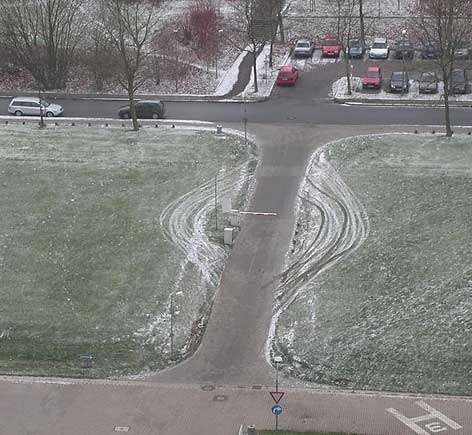
*Validate input.* Validate input from all untrusted data sources. Proper input validation can eliminate the vast majority of software [vulnerabilities|BB. Definitions#vulnerability]. Be suspicious of most external data sources, including command line arguments, network interfaces, environmental variables, and user controlled files \[Seacord 05\]. |
*Heed compiler warnings.* Compile code using the highest warning level available for your compiler and eliminate warnings by modifying the code \[[C MSC00-A|MSC00-A. Compile cleanly at high warning levels], [C+\+ MSC00-A|cplusplus:MSC00-A. Compile cleanly at high warning levels]\]. |
*Keep it simple.* Keep the design as simple and small as possible \[Saltzer 74, Saltzer 75\]. Complex designs increase the likelihood that errors will be made in their implementation, configuration, and use. Additionally, the effort required to achieve an appropriate level of assurance increases dramatically as security mechanisms become more complex. |
*Default deny.* Base access decisions on permission rather than exclusion. This means that, by default, access is denied and the protection scheme identifies conditions under which access is permitted \[Saltzer 74, Saltzer 75\]. |
*Adhere to the principle of least privilege.* Every process should execute with the the least set of privileges necessary to complete the job. Any elevated permission should be held for a minimum time. This approach reduces the opportunities an attacker has to execute arbitrary code with elevated privileges \[Saltzer 74, Saltzer 75\]. |
*Sanitize data sent to other systems.* Sanitize all data passed to complex subsystems \[[C STR02-A| STR02-A. Sanitize data passed to complex subsystems]\] such as command shells, relational databases, and commercial off-the-shelf (COTS) components. Attackers may be able to invoke unused functionality in these components through the use of SQL, command, or other injection attacks. This is not necessarily an input validation problem because the complex subsystem being invoked does not understand the context in which the call is made. Because the calling process understands the context, it is responsible for sanitizing the data before invoking the subsystem. |
*Practice* *defense in depth.* Manage risk with multiple defensive strategies, so that if one layer of defense turns out to be inadequate, another layer of defense can prevent a [security flaw|BB. Definitions#security flaw] from becoming an exploitable vulnerability and/or limit the consequences of a successful [exploit|BB. Definitions#exploit]. For example, combining secure programming techniques with secure runtime environments should reduce the likelihood that vulnerabilities remaining in the code at deployment time can be exploited in the operational environment \[Seacord 05\]. |
*Use effective quality assurance techniques.* Good quality assurance techniques can be effective in identifying and eliminating vulnerabilities. Penetration testing, fuzz testing, and source code audits should all be incorporated as part of an effective quality assurance program. Independent security reviews can lead to more secure systems. External reviewers bring an independent perspective; for example, in identifying and correcting invalid assumptions \[Seacord 05\]. |
*Model threats.* Use threat modeling to anticipate the threats to which the software will be subjected. Threat modeling involves identifying key assets, decomposing the application, identifying and categorizing the threats to each asset or component, rating the threats based on a risk ranking, and then developing threat [mitigation|BB. Definitions#mitigation] strategies that are implemented in designs, code, and test cases \[Swiderski 04\]. |
I found the following photograph on the Web, and I'm still trying to figure out who owns the rights to it. If you know, please comment below.

I like this photograph because it illustrates how the easiest way to break system security is often to circumvent it rather than defeat it (as is the case with most software vulnerabilities related to insecure coding practices).
\[Saltzer 74\] Saltzer, J. H. "Protection and the Control of Information Sharing in Multics." _Communications of the ACM 17_, 7 (July 1974): 388-402. |
\[Saltzer 75\] Saltzer, J. H. & Schroeder, M. D. "The Protection of Information in Computer Systems." _Proceedings of the IEEE 63_, 9 (September 1975), 1278-1308. |
\[Seacord 05\] Seacord, R. _Secure Coding in C and C+\+_. Upper Saddle River, NJ: Addison-Wesley, 2006 (ISBN 0321335724). |
\[Swiderski 04\] Swiderski, F. & Snyder, W. _Threat Modeling_. Redmond, WA: Microsoft Press, 2004. |